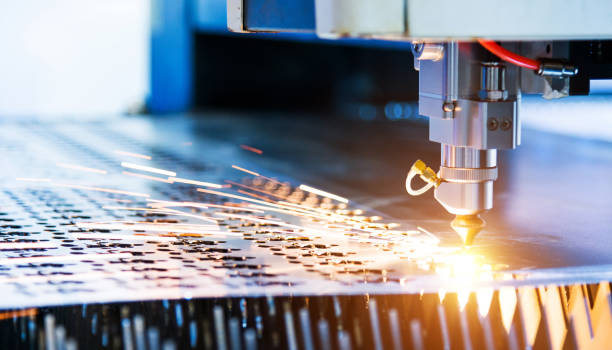How Many Axes in CNC Machine: Understanding the Capabilities of Modern Manufacturing
In the world of modern manufacturing, CNC (Computer Numerical Control) machines have revolutionized the way we produce complex parts with precision and efficiency. One of the key factors that determine a CNC machine’s capabilities is the number of axes it can manipulate. This article will explore the various types of CNC machines based on their axes, their applications, and how they contribute to advanced manufacturing processes.
Understanding CNC Machine Axes
CNC machines operate by controlling the movement of cutting tools or workpieces along different axes. These axes are typically labeled as X, Y, and Z, corresponding to the three-dimensional space we’re familiar with. However, advanced CNC machines can have additional rotational axes, expanding their capabilities and allowing for more complex machining operations.
The number of axes in a CNC machine directly correlates with its ability to create intricate shapes and perform diverse machining tasks. Let’s break down the different types of CNC machines based on their axis configurations:
2-Axis CNC Machines: The Basics of Linear Motion
2-axis CNC machines are the simplest form of CNC technology. They operate on two linear axes, usually X and Y, allowing for movement in a single plane. These machines are typically used for:
- Simple cutting operations
- 2D profiling
- Engraving
- Some drilling applications
While limited in their capabilities, 2-axis CNC machines are cost-effective solutions for businesses that primarily deal with flat stock materials or require basic machining operations.
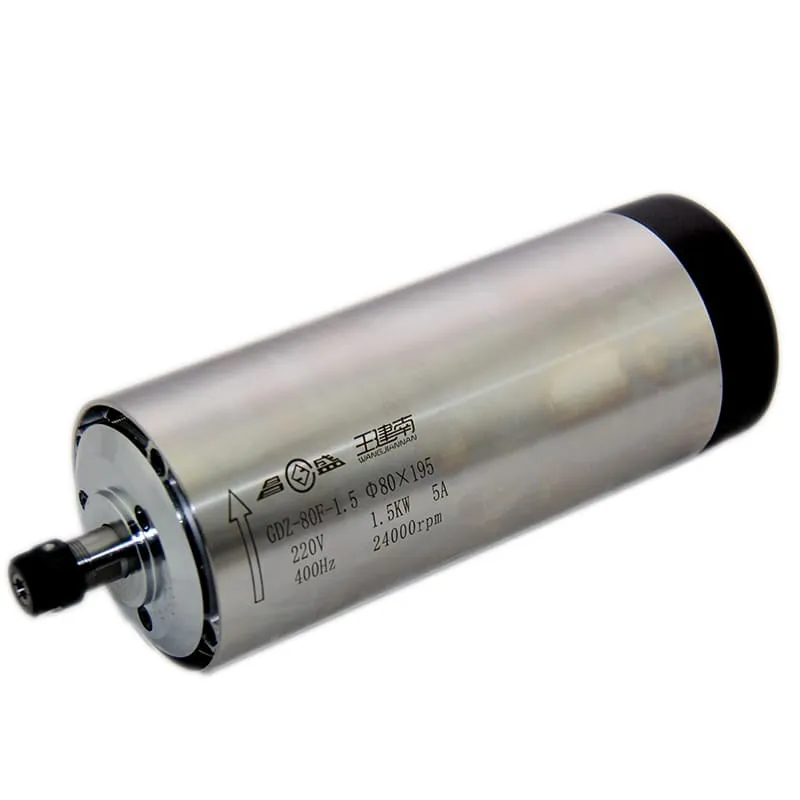
3-Axis CNC Machines: The Workhorses of CNC Machining
3-axis CNC machines are the most common type found in machine shops and manufacturing facilities. They operate on three linear axes: X, Y, and Z. This configuration allows for:
- 3D contouring
- Pocket milling
- Surface machining
- Drilling and tapping
3-axis CNC machines are versatile and can handle a wide range of machining tasks, making them ideal for general-purpose manufacturing. They’re particularly well-suited for producing parts with flat surfaces and straight-sided features.
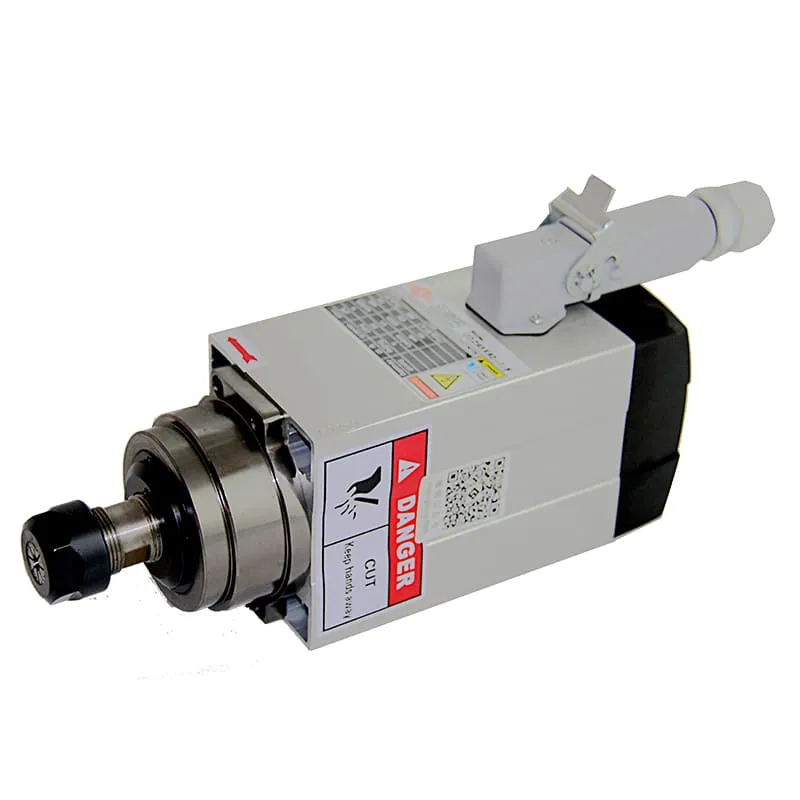
4-Axis CNC Machines: Adding Rotational Capabilities
4-axis CNC machines introduce a rotational axis, typically labeled as the A-axis, which rotates around the X-axis. This additional axis allows for:
- Machining on multiple sides of a part without repositioning
- Creating helical features
- Wrapping designs around cylindrical parts
The added rotational capability of 4-axis machines opens up new possibilities for part design and can significantly reduce setup time for complex parts.
5-Axis CNC Machines: The Pinnacle of Precision Machining
5-axis CNC machines represent the cutting edge of CNC technology. They incorporate two rotational axes in addition to the three linear axes, typically labeled as:
- A-axis: Rotation around the X-axis
- B-axis: Rotation around the Y-axis
- C-axis: Rotation around the Z-axis
5-axis machining offers several advantages:
- Complex geometries: Ability to create intricate shapes and undercuts
- Reduced setup time: Parts can be machined in a single setup
- Improved surface finish: Cutting tools can maintain optimal orientation to the workpiece
- Enhanced accuracy: Eliminates errors from multiple setups
Industries that benefit greatly from 5-axis machining include aerospace, medical device manufacturing, and automotive production.
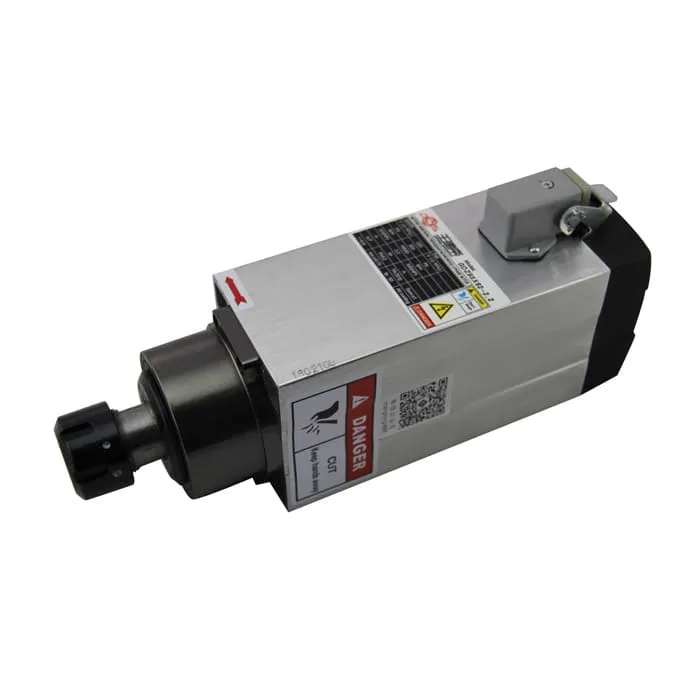
6-Axis and 7-Axis CNC Machines: Pushing the Boundaries
While less common, 6-axis and 7-axis CNC machines exist for specialized applications. These machines typically incorporate:
- 6-axis: Additional rotational axis for the workpiece
- 7-axis: Robot-like arm for extreme flexibility in tool positioning
These advanced machines are used in niche industries where extreme precision and flexibility are required, such as turbine blade manufacturing or complex aerospace components.
Choosing the Right Number of Axes for Your CNC Machine
Selecting the appropriate number of axes for your CNC machine depends on several factors:
- Complexity of parts to be machined
- Production volume
- Budget constraints
- Available shop space
- Operator skill level
While more axes generally offer greater flexibility, they also come with increased complexity and cost. It’s essential to balance your manufacturing needs with your resources when making this decision.
The Impact of Multi-Axis Machining on Production Efficiency
Multi-axis CNC machines have significantly impacted manufacturing efficiency:
- Reduced setup time
- Decreased need for multiple machines
- Improved accuracy and repeatability
- Ability to produce more complex parts
These benefits translate to faster production times, reduced labor costs, and the capability to take on more challenging projects.
Spindle Selection for Multi-Axis CNC Machines
The spindle is a crucial component in any CNC machine, and its selection becomes even more critical in multi-axis configurations. High-performance spindles are essential for maintaining precision across multiple axes of motion.
Factors to consider when selecting a spindle for a multi-axis CNC machine include:
- Power output
- Speed range
- Tooling interface
- Cooling method (air or water)
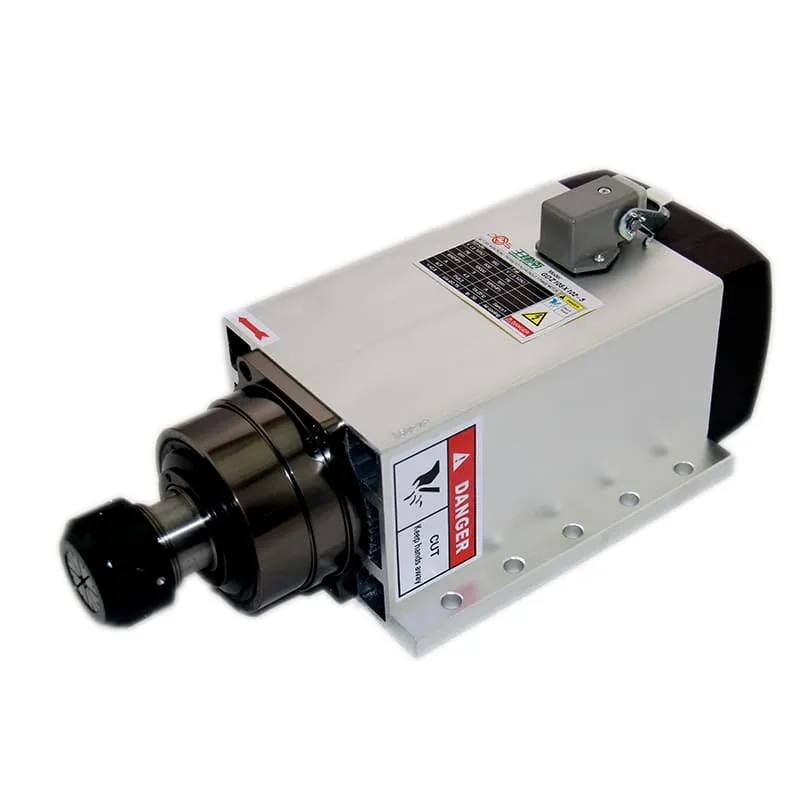
Programming Considerations for Multi-Axis CNC Machines
As the number of axes increases, so does the complexity of programming. CAM (Computer-Aided Manufacturing) software plays a crucial role in generating toolpaths for multi-axis machines. Operators need specialized training to effectively program and operate these advanced machines.
The Future of CNC Machining: Beyond 5 Axes
The future of CNC machining is likely to see continued advancements in multi-axis technology. Some potential developments include:
- Integration with additive manufacturing processes
- Improved artificial intelligence for optimizing toolpaths
- Enhanced sensing and real-time adjustments during machining
These advancements will further push the boundaries of what’s possible in precision manufacturing.
Maintenance and Calibration of Multi-Axis CNC Machines
Maintaining precision across multiple axes requires diligent maintenance and calibration. Regular checks and adjustments are necessary to ensure:
- Axis alignment
- Backlash compensation
- Thermal stability
- Tooling accuracy
Proper maintenance is crucial for maximizing the lifespan and performance of multi-axis CNC machines.
Industry Applications of Multi-Axis CNC Machines
Different industries leverage multi-axis CNC machines in various ways:
- Aerospace: Complex turbine components and structural parts
- Automotive: Engine components and prototype parts
- Medical: Implants and surgical instruments
- Mold and Die: Complex mold cavities and injection molds
- Energy: Turbine blades and specialized equipment
Each industry has unique requirements that multi-axis machining can address effectively.
Cost Considerations: Balancing Capability and Investment
While multi-axis CNC machines offer significant advantages, they also come with higher initial costs. Factors to consider include:
- Machine purchase price
- Training costs for operators
- CAM software investments
- Increased maintenance requirements
It’s essential to conduct a thorough cost-benefit analysis to determine if the investment in a multi-axis machine aligns with your business goals.
Conclusion: Embracing the Power of Multi-Axis CNC Machining
The number of axes in a CNC machine plays a crucial role in determining its capabilities and applications. From simple 2-axis machines to complex 7-axis systems, each configuration offers unique advantages for different manufacturing scenarios. As technology continues to advance, multi-axis CNC machines will undoubtedly play an increasingly important role in shaping the future of precision manufacturing.
Whether you’re considering upgrading your existing CNC capabilities or exploring multi-axis machining for the first time, understanding the potential of these advanced machines is key to staying competitive in today’s fast-paced manufacturing landscape.
FAQs
What is the most common type of CNC machine axis configuration?
3-axis CNC machines are the most common, offering a good balance of versatility and cost-effectiveness for many manufacturing applications.
Can a 5-axis CNC machine perform all the operations of a 3-axis machine?
Yes, a 5-axis CNC machine can perform all operations of a 3-axis machine, plus additional complex operations that require rotational movements.
How does the number of axes affect machining time?
Generally, machines with more axes can reduce overall machining time by minimizing the need for multiple setups and allowing for more efficient toolpaths.
Are there any disadvantages to having more axes on a CNC machine?
While more axes offer greater flexibility, they also increase complexity in programming, maintenance, and initial investment costs.
What industries benefit most from 5-axis and above CNC machines?
Industries that require complex, high-precision parts, such as aerospace, medical device manufacturing, and automotive prototyping, benefit greatly from 5-axis and above CNC machines.

